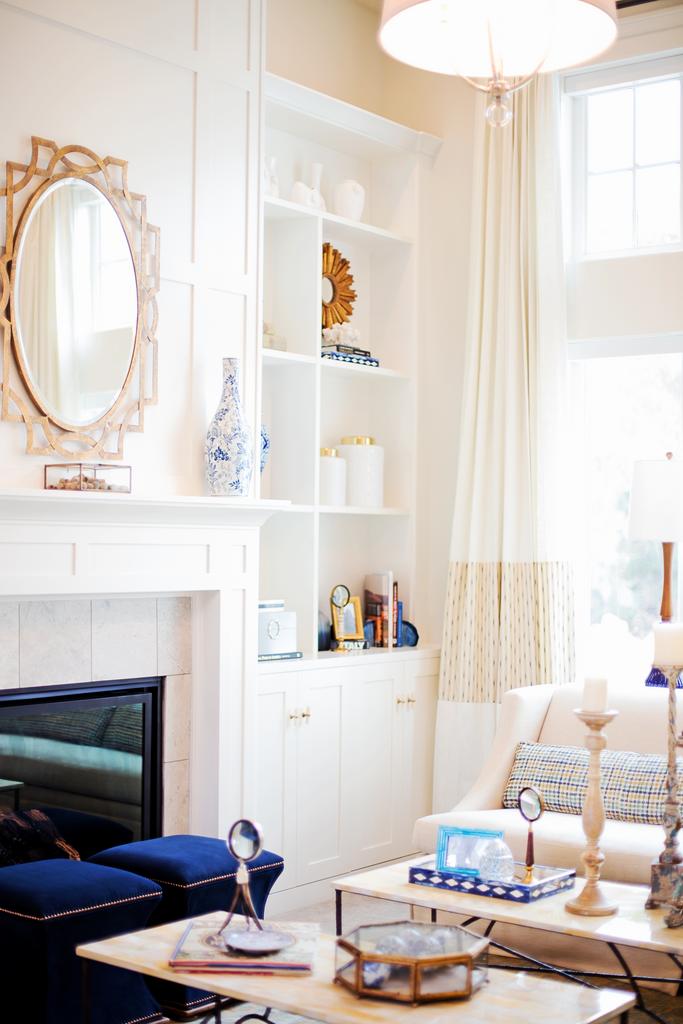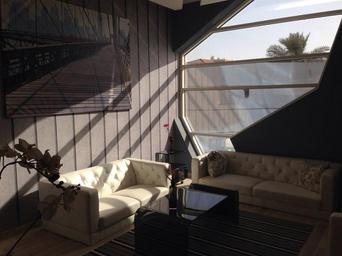Introduction
In the vibrant world of printmaking, artists continually seek innovative methods to express their creativity. Among these techniques, linocut has surged in popularity, standing in stark contrast to its traditional counterpart, woodblock printing. The rise of linocut is not merely a trend; it signifies a profound shift in how contemporary printmakers approach their craft. This article delves into the rise of linocut: why modern printmakers favor this technique over woodblock, exploring the reasons behind this preference, the unique qualities of linocut, and its impact on art today.
The Rise of Linocut: Why Modern Printmakers Favor This Technique Over Woodblock
Linocut emerged as a significant technique in the early 20th century, gaining traction among artists who were drawn to https://blogfreely.net/baldorumla/the-journey-of-self-discovery-through-home-decor-a-guide-to-personalization its versatility and ease of use. Unlike woodblock printing, which involves carving intricate designs into wood, linocut utilizes soft linoleum blocks that can be easily manipulated. This fundamental difference allows printmakers to achieve diverse styles without the physical limitations posed by harder materials.
Why Do Many Contemporary Printmakers Prefer Linocut to Woodblock Printing?
Contemporary artists favor linocut for several compelling reasons:
Ease of Carving: The soft surface of linoleum makes it significantly easier to carve than hardwood. Accessibility: Linoleum is more affordable and readily available than traditional woodblocks. Versatility: Artists can create detailed images or bold patterns with equal success. Fluidity in Style: Linocut allows for experimentation with various artistic styles—abstract self-portrait photography concepts are easily translated into linoprints due to this flexibility.The Artistic Appeal of Linocut
Linocuts offer a unique aesthetic that resonates with the principles of fine art photography and portrait photography. They often feature bold lines and striking contrasts that capture the viewer's attention effectively.
- Contrast and Texture: The process creates dynamic textures that enhance visual interest. Color Application: Printmakers can apply multiple colors through reduction techniques or by using separate blocks for each color layer.
Historical Context: The Evolution from Woodblock to Linocut
Understanding why many contemporary printmakers prefer linocut requires examining its historical context. While woodblock printing dates back centuries, originating in Asia as a means to reproduce texts and images, linocuts gained prominence during the 20th century alongside movements like Dadaism and Expressionism.
Key Historical Figures in Linocut Printing
Prominent artists such as Pablo Picasso and Edward Bawden championed linocut techniques, leading the way for future generations. Their work showcased how this medium could convey deep emotions and complex narratives—much like photography does through aesthetic photos wall installations.
Technical Aspects of Linocut vs. Woodblock Printing
Materials Needed for Linocutting
To begin with linocutting, artists require:

- Linoleum Blocks: Available in various thicknesses. Cutting Tools: Special knives designed for carving. Brayers: Used for applying ink evenly over the block. Printing Press or Baren: To transfer ink onto paper efficiently.
Contrastingly, woodblock printing demands more specialized tools and techniques that can be cumbersome for beginners.
Process Comparison: How Each Technique Works
The processes differ significantly:

| Step | Linocutting | Woodblock Printing | |-----------------------|----------------------------------------|------------------------------------------| | Preparation | Draw directly on the block | Transfer design onto wood | | Carving | Easier; softer material | Harder; requires more strength | | Inking | Simple application with brayer | More complex due to surface variations | | Printing | Quick and flexible | Time-consuming; requires precision |
This table highlights not only practical differences but also underscores why many find linoleum preferred—especially those embracing self-expression through abstract self-portrait photography styles.
Creative Freedom and Expression Through Linocuts
Why Artists Feel Empowered by Linocutting Techniques
For many modern printmakers, linoprinting serves as a vehicle for self-expression—in much the same way as fine art photography conveys personal narratives through portrait photos or aesthetic colorful pictures.
Experimentation Is Key
Printmakers appreciate the ability to experiment freely without fear of damaging expensive materials—a common concern with woodblocks. Thus, they can explore faceless self-portrait ideas or delve into themes surrounding identity and existence while producing aesthetically pleasing images that resonate with viewers.
Integration with Other Art Forms
Linoprinting isn’t confined to traditional prints; contemporary artists meld it with other mediums:
Photography Mixed Media Digital ArtThis amalgamation allows for rich storytelling possibilities similar to what photographers achieve through various styles such as portrait photography or abstract self-portrait photography.
Aesthetic Considerations in Linoprinting
Visual Characteristics Unique to Linoprinting
Linoprints often possess distinctive visual elements:
- Bold Lines Rich Textures Organic Shapes
These characteristics make them an appealing choice for collectors seeking aesthetic photos walls filled with dynamic art pieces that evoke emotion—much like how fine art photographers curate their portfolios focusing on specific themes.
Creating Cohesive Art Pieces Using Linoprints
Artists frequently create series or themed collections using their linoprints—themes may revolve around nature, social issues, or personal stories akin to narrative-driven photography projects showcasing profound moments captured through a photographer’s lens.
Educational Opportunities in Linoprinting Techniques
Workshops and Courses Available Today
As interest grows around this technique, educational institutions have introduced specialized workshops aimed at teaching both beginners and advanced practitioners about linoprinting:
Local Art Centers Online Platforms University CoursesThese programs enable aspiring printmakers not only to hone their skills but also discover new ways of expressing themselves artistically—a journey similar to what budding photographers experience when pursuing comprehensive training in portrait shoot techniques or art photography fundamentals.
Community Engagement Through Printmaking Education
Many workshops encourage community engagement where participants collaborate on projects that reflect shared experiences—a practice echoing within artistic communities focused on creating collective narratives through portraits or abstract representations found both in printmaking and photographic works alike.
FAQs About Linoprinting
1. What materials do I need for starting linoprinters?
To start your journey into linoprinting you'll need:
- A piece of linoleum. Cutting tools designed specifically for carving. Ink suitable for printing. A brayer (roller) for ink application. Paper for printing your designs.
2. How does one go about designing a linoprint?
Begin by sketching your design on paper before transferring it lightly onto your lino block using carbon paper or drawing directly onto it if you feel confident enough! Remember simplicity often works best!
3. Can I incorporate color into my prints?
Absolutely! You can either use multiple blocks (one per color) or employ reduction methods where you carve away sections progressively after each ink application allowing layering colors seamlessly onto one block!
4. Is there any special equipment required?
While basic tools suffice initially (as mentioned earlier), investing eventually into additional items like a press could yield better results especially when tackling larger formats—similar considerations arise within fine art photography setups too!

5. What are some common mistakes beginners make?
Beginners might rush their designs leading towards overly complicated patterns which could complicate carving efforts! Another mistake includes improper pressure applied during printing resulting in uneven ink distribution across surfaces causing unintended effects!
6. How does one enhance their skills beyond initial learning?
Practice is key! Joining communities online/offline who share insights/feedback about techniques regularly helps refine approaches while also providing inspiration drawn from successful creators across different mediums including photogs known for capturing stunning aesthetic colorful pictures!
Conclusion
The rise of linocut represents more than just a shift in technique; it's emblematic of an evolving landscape within contemporary art where accessibility meets creative freedom—a sentiment echoed throughout discussions surrounding why many contemporary printmakers prefer this method over traditional woodblock printing practices today! As we navigate our visual culture enriched by both artistic endeavors rife with expression—from abstract self portraits linking back towards iconic aesthetic photo walls—it becomes clear that innovation fuels our passion igniting further exploration into diverse realms waiting just outside our comfort zones beckoning us forward creatively inspired by everything around us!